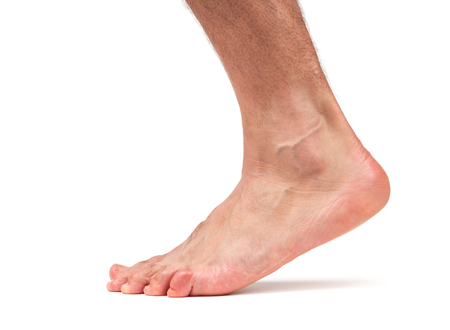Stay Alert to Symptoms of Phlebitis
Your legs contain two different types of veins: deep veins, which are close to the bone, and superficial veins, which are located near the surface of the body. Both types of veins are critical to circulation. Every second or so, your heart pumps oxygenated blood throughout your body via your arteries. When the oxygen is used up, the veins return the blood to the heart and the process begins again.
In your legs, they have a hard job to do. They must return the blood to the heart from the farthest reaches of the body, and they have to fight gravity to do it. Fortunately, the muscles are there to help, gently squeezing the veins and pushing the blood upward toward the heart. Valves – one-way flaps – in the veins support this process, ensuring that the blood only travels in one direction. When these valves fail, blood pools in the legs. This is known medically as varicosity, and it is a contributor to blood clots.
A blood clot in the deep veins is known as a Deep Vein Thrombosis, and it is a dangerous medical condition. When a clot forms the superficial veins, it is far less dangerous, but typically causes an inflammatory reaction. That swelling is phlebitis. Along with swelling, phlebitis symptoms include pain, discoloration, and a sensation of tightness or pressure on the skin. Dry, flaky skin on the legs is also common.
Superficial phlebitis is common and, once accurately diagnosed, treatable with medication, elevation, and compression.
If you are concerned about phlebitis or anything else related to the health and well-being of your feet, ankles, or lower legs, it’s time for a visit to the podiatrist. With years of specialized training and experience, your board-certified foot doctor is the best-qualified medical professional to help you.
Schedule a visit with James M. McKee, DPM, FACFAS in Podiatry Group of Annapolis, P.A.’s comfortable office on Solomons Island Road. Call our staff at 410-224-4448 or click here today.

